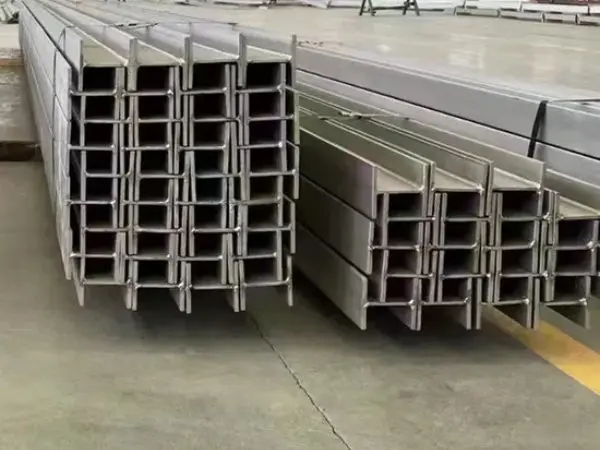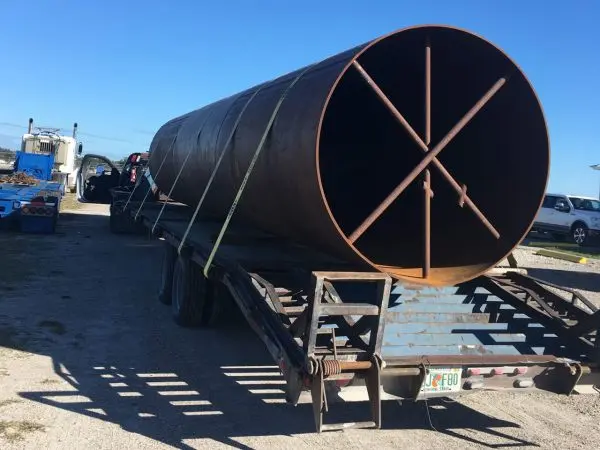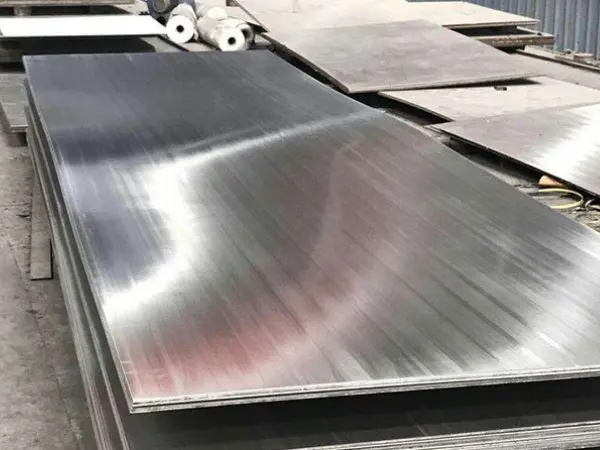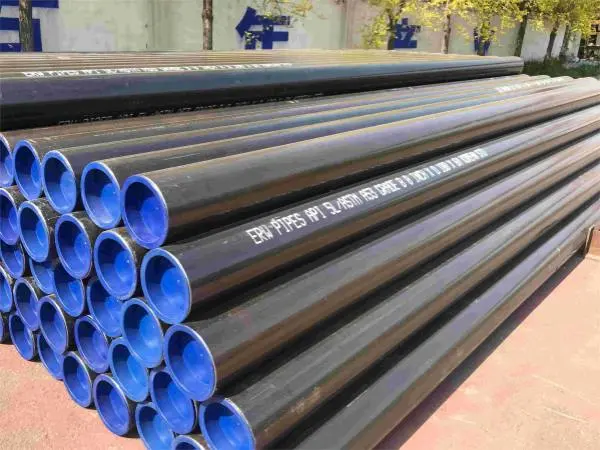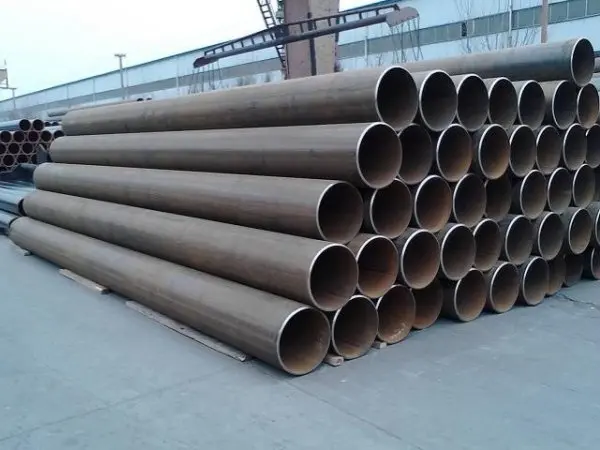- Phone0086 731 8564 8255
- E-mailsales@cscsteel-manufacturing.com
-

Electric Resistance Welded (ERW) pipes are widely used in gas pipelines due to their efficiency, cost-effectiveness, and ability to meet safety and technical requirements. Below, we explore the specific roles, performance characteristics, and advantages of ERW pipes in gas transportation.
Continental Steel Co., Ltd is professional ERW pipes manufacturer, for more details, please contact:sales@cscsteel-manufacturing.com
Core Roles of ERW Pipes in Gas Pipelines
Primary Gas Transport Medium
ERW pipes serve as the core material in mainlines, branch lines, and household pipelines, ensuring the safe transportation of natural gas, liquefied petroleum gas (LPG), and other gas media.
Pressure Adaptability
Designed to handle medium- and low-pressure gas systems (≤4.0 MPa), ERW pipes are suitable for urban distribution networks, industrial applications, and commercial gas supply systems.
Why Are ERW Pipes Preferred for Gas Pipelines?
1. Cost and Efficiency Advantages
Lower Production Costs: Compared to seamless pipes, ERW pipes require fewer processing steps, reducing raw material waste and cutting costs by 20-30%.
High Production Efficiency: ERW pipes are manufactured using high-speed continuous welding lines, capable of reaching speeds of 20-100 meters per minute, making them ideal for large-scale urban gas pipeline projects.
Reliable Quality: High-frequency welding (HFW) technology ensures strong, filler-free welds with minimal heat-affected zones, achieving 90-95% of the parent material's strength. Welds undergo non-destructive testing (UT/RT) to ensure defect-free performance.
2. Performance Meets Gas Pipeline Requirements
Pressure Handling: ERW pipes meet pressure standards for urban gas distribution (e.g., GB/T 3091 for PN1.6 MPa, API 5L PSL1 for Class 150). For high-pressure pipelines (>10 MPa), seamless or LSAW (Longitudinal Submerged Arc Welding) pipes are required.
Flexible Size Range: ERW pipes cover diameters from DN15 to DN600, serving both household pipelines (DN20-DN50) and main gas transmission lines (DN100-DN400).
High Strength & Durability: Made from low-alloy high-strength steel (L245, L290), ERW pipes undergo cold expansion to minimize residual stress, making their strength comparable to seamless pipes.
Leak-Proof & Corrosion-Resistant: High-frequency welding ensures tight, defect-free welds, while coatings like 3PE (three-layer polyethylene) or galvanized finishes provide corrosion resistance against soil and gas impurities.
3. Compliance with Gas Pipeline Standards
ERW pipes adhere to the following major gas pipeline standards:
China: GB/T 3091-2015 ("Welded Steel Pipe for Low-Pressure Fluid Transportation")
United States: API 5L ("Pipeline Steel Pipe Specification")
Europe: EN 10217-1
Key Technical Requirements for Gas ERW Pipes:
Material Selection: Typically carbon steel (Q235B, L245) with sulfur content ≤0.02% to prevent hydrogen-induced cracking. Low-temperature toughness steel (L290N) is required for cold regions.
Weld Quality Control: 100% non-destructive testing (UT/RT) ensures defect-free welds. Welds must also be smooth to reduce gas flow resistance.
Corrosion Protection:
External Coatings: 3PE, FBE (fusion-bonded epoxy powder) for long-term durability.
Internal Coatings: Epoxy resin to prevent corrosion from gas impurities.
4. Typical Applications of ERW Pipes in Gas Systems
Urban Medium-Pressure Networks: DN100-DN600 ERW pipes serve as primary transmission lines.
Industrial & Commercial Gas Supply: DN50-DN200 ERW pipes connect pressure-regulating stations to end users.
Household Pipelines: Small-diameter DN15-DN40 pipes provide safe and efficient gas supply for residential use.
5. Important Considerations When Using ERW Pipes for Gas
1) Restricted Applications
Not recommended for high-pressure gas systems (>4.0 MPa) or corrosive gas environments (e.g., hydrogen sulfide-containing gas) without additional evaluation.
2) Installation Best Practices
Welding Method: Use inert gas shielded welding (e.g., TIG) to prevent oxidation.
Underground Protection: Apply sacrificial anode protection to extend service life.
3) Common Market Issues
Some non-standard ERW pipes have insufficient wall thickness or substandard materials. Always request third-party test reports (e.g., CMA certification) before purchasing.
Conclusion
ERW pipes have become the preferred choice for medium- and low-pressure gas pipelines due to their cost-effectiveness, reliable performance, and well-established manufacturing process. However, for high-pressure or highly corrosive environments, seamless or LSAW pipes should be considered. When selecting ERW pipes for gas systems, it is crucial to ensure compliance with material, weld quality, and corrosion protection standards to guarantee safe and long-lasting gas transportation.
